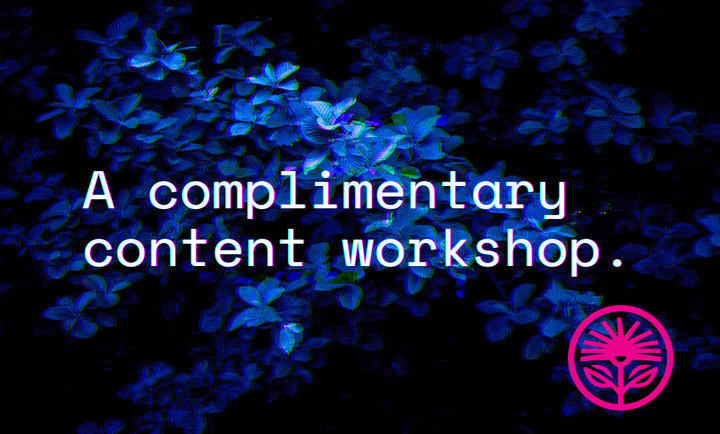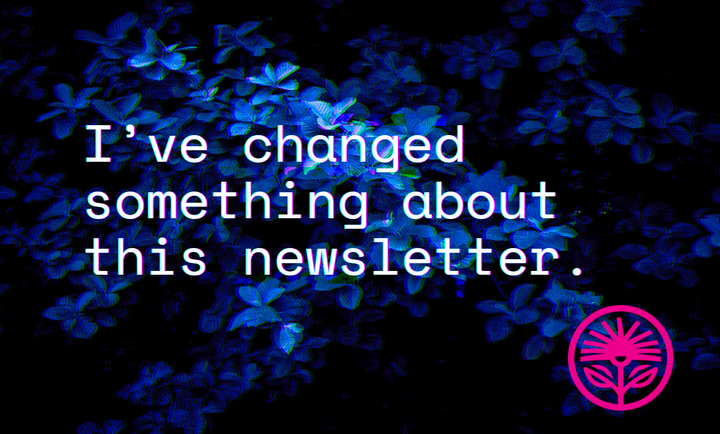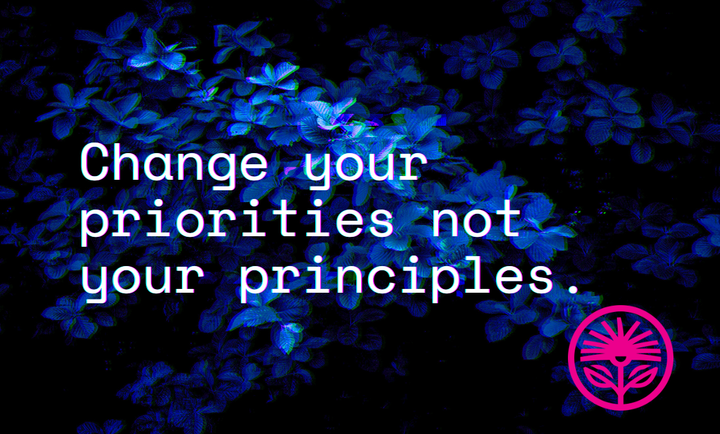The 5 Elements of Intro Copy — Kelford Labs Weekly
Make it memorable.

Website intro copy might be my favorite thing to write.
Because the stakes are high—the first words sell, or they don’t. They stick in the mind, or they float away.
And I’ve written a lot of website intro copy in my day. I’ve done the positioning and website copywriting for multi-million dollar agencies. I’ve written intro blurbs for FMCGs, solopreneurs, consultancies, biotech firms, and ocean science researchers.
And I’ve seen that, so often, copy gets published because it’s simply clever. Or worse, because it’s a jargon-filled dump of facts and knowledge that the founder understands but the customers don’t.
But I’ve come up with a simple test to make sure the words can sell. That they can stick in the mind. That they can appeal to the ideal audience.
This doesn’t mean the copy will work, only that it can.
But copy that can work is infinitely better than copy that can’t—copy that doesn’t address the right person, at the right time, in the right way, with the right value, with the right words.
So let’s make sure your website’s intro copy can work by passing it through this test we discussed in yesterday’s Kelford Labs Daily:
1) Does it address your ideal customers specifically?
“We unconsciously form opinions about someone’s reliability by the extent to which they seem to anticipate our own habits, expectations, routines, and quirks.”
— Maister, Green & Galford, The Trusted Advisor
The first step is making sure your copy is addressing its target audience specifically. The more specific you can be, the more accurate you’ll be about the customer’s actual needs. When we try to be broad and “cast a wide net” we end up not addressing anybody at all.
So we need to be specific, clear, and accurate about whom we address in our copy.
2) Does it speak to their most urgent need?
“It is so much easier to win business from prospects who are already aware of their problem and urgently want that problem to go away.”
— David A. Fields, The Irresistible Consultant’s Guide to Winning Clients
We often want to promise the moon to our clients, to make the biggest possible claim. Like, “if you work with us, you’ll generate tons of revenue.” Or, “We solve all your problems,” or “Whatever you need, we can do it.”
But people usually don’t hire service providers or buy products to fit a future need—they want to solve an immediate problem.
So instead of promising extra revenue later, you might demonstrate how you can remove the roadblocks currently in the way.
Instead of solving all your clients’ problems (which they don’t believe anyone can do anyway), you can point to the most urgent problem they have, that you can help with, and demonstrate how you’d tackle it.
And instead of promising that you can do whatever they need (creating a buffet problem), you can point to the most salient problem currently holding them back, and show how you’d address it.
3) Does it use their own words?
“The most frequent reason for unsuccessful advertising is advertisers who are so full of their own accomplishments (the world’s best seed!) that they forget to tell us why we should buy (the world’s best lawn!)”
— John Caples, Tested Advertising Methods
One of the biggest sources of marketing gold are the actual words your potential customers, or current customers, have said.
We never would have realized that our clients find themselves “spinning around in circles” with their marketing—but a client told us that once, and we recognized that it’s how lots of entrepreneurs describe their challenge.
A client once told us they simply “don’t know what to say,” so we realized that we should use that specific language to attract other founders with similar setbacks.
The words you use might be your industry’s jargon, not your customers’ stated problem.
Find out what they say and they’ll listen to what you have to say.
4) Does it suggest a tradeoff?
“A strategic position is not sustainable unless there are trade-offs with other positions. ... Simply put, a trade-off means that more of one thing necessitates less of another.”
— Michael E. Porter, What is Strategy?
If we’re not making tradeoffs to suit our ideal clients in particular, then why would they work with us instead of someone who does?
Our values inform our tradeoffs and decisions, and the priorities we set demonstrate what those values are. What we choose to prioritize in our copy is a signal to our ideal clients that we don’t waste resources (or their money) on things they don’t care about.
We focus on them in particular because our values and theirs overlap.
And we demonstrate that by making visible, valuable tradeoffs.
5) Does it stick in the mind?
“The brain best remembers things that are repeated, rhythmic, rhyming, structured, and above all easily visualized.”
— Joshua Foer, Moonwalking with Einstein
Finally, does it, you know, sound good? We can do everything else right, but if there’s no mental hook, nothing to hold onto or stick to, we’ll be forgotten.
We need our prospects to remember our message when they need us most, so we want our intro copy to be memorable.
Make it rhyme, make it rhythmic, make it alliterative, or make it highly visual.
Whatever you do, make it memorable.
Examples
Here are a few of my favorite consultants and B2B service providers and how they handle their website intro copy. Let’s spot what they’re doing and why it works:
April Stroink:
“We help busy families and entrepreneurs like you gain complete clarity and control over your finances so you can save money and spend without guilt.”
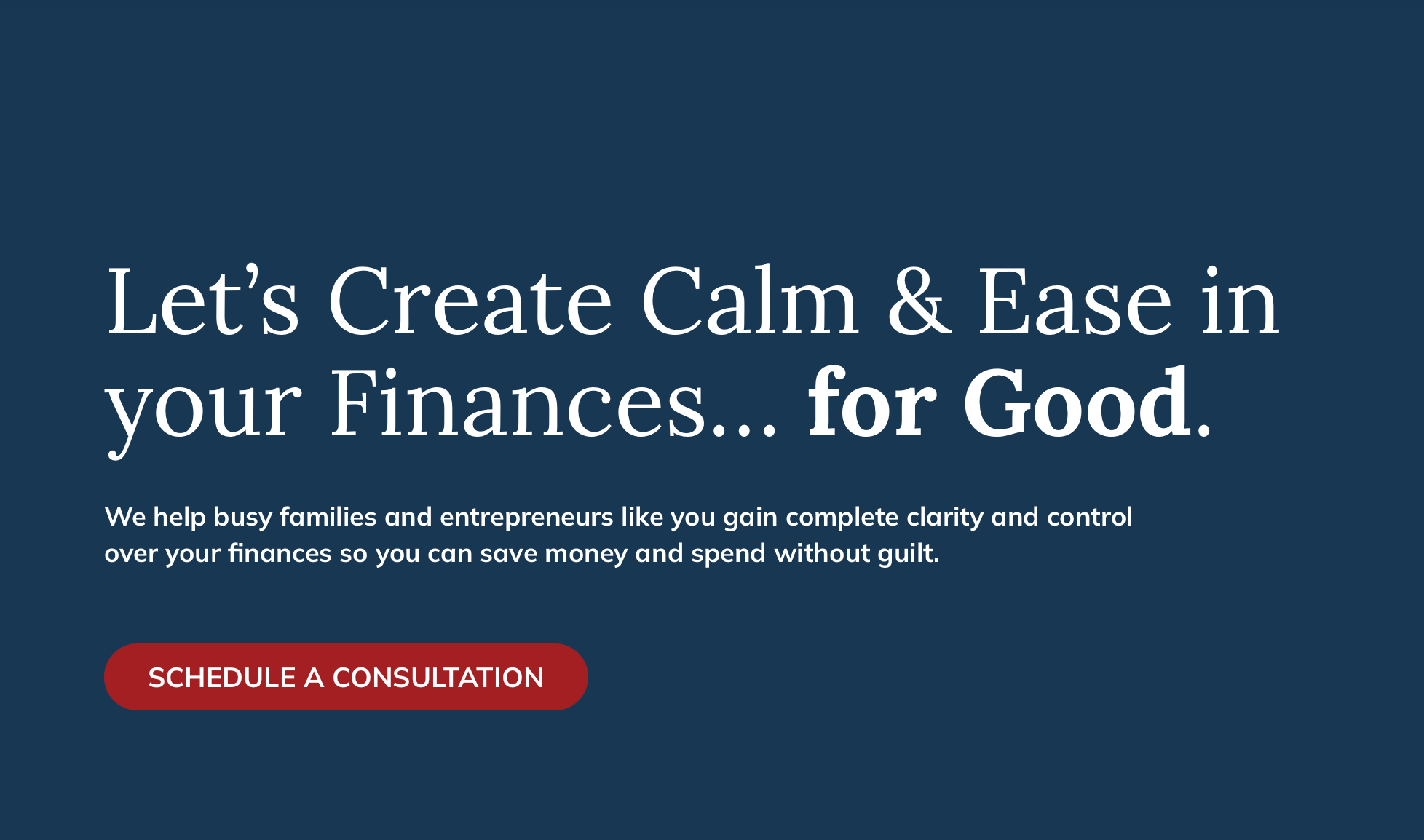
Notice that April clearly addresses her ideal customers: “busy families and entrepreneurs.”
She speaks to an urgent need: “Save money.”
She uses their own words: “Control over finances.”
She highlights a tradeoff: This is about overall “clarity and control” instead of minutiae.
And it sticks in the mind: “Spend without guilt” sticks with you.
Ditching Hourly (Jonathan Stark):
“For freelancers, consultants, and other independent professionals who want to make more and work less without hiring.”
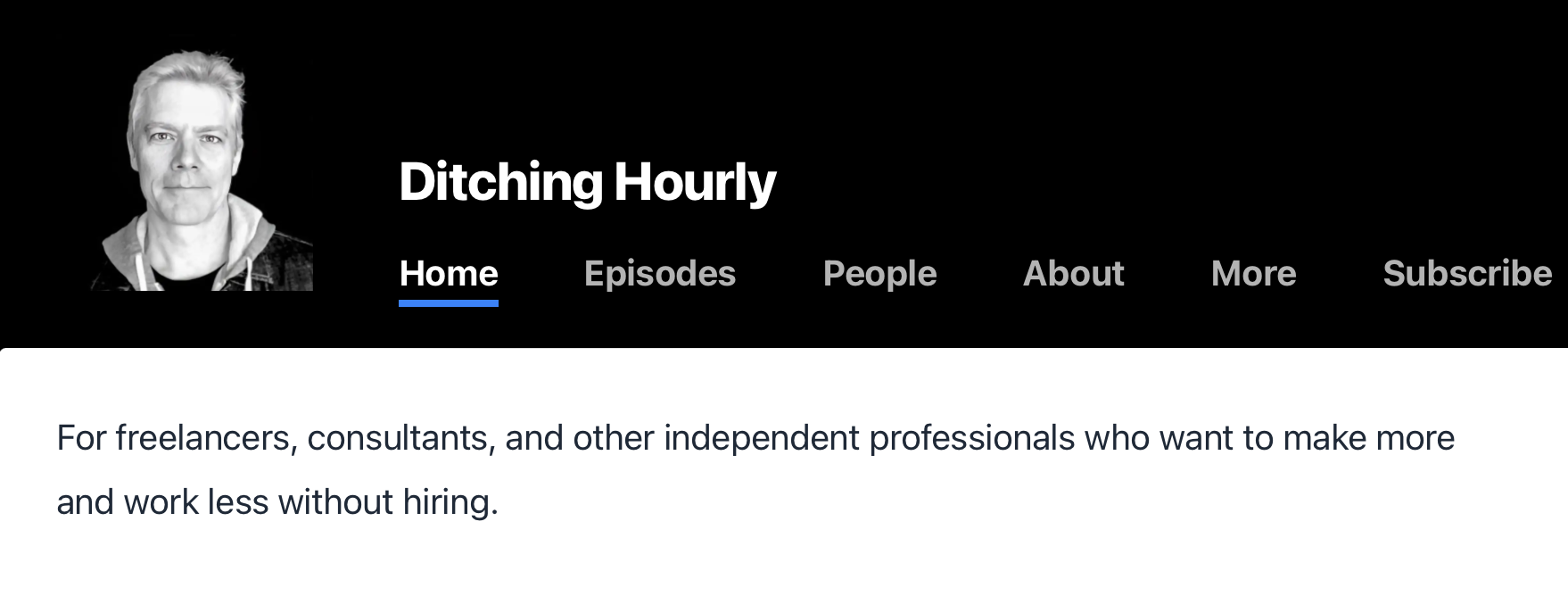
Ideal customers: “Freelancers, consultants, independent professionals.”
Urgent need: “Make more and work less.”
Own words: “Without hiring.”
Tradeoff: Focusing on growth without headcount.
Sticks in the mind: “Make more and work less” just sounds like a dream to the ideal customer.
Rochelle Moulton:
“Hi, I’m Rochelle Moulton and I help six-figure Soloist Consultants smash through your revenue plateau.”

Ideal customers: “Six-figure soloist consultants.”
Urgent need: Stalled revenue.
Own words: “Plateau.”
Tradeoff: Focusing on getting out of the stall, not hyper-growth or quick fixes.
Sticks in the mind: “Six-figure soloist... smash”—alliteration and visual language.
What’s Next?
So how did your intro copy perform? Is there anything you can do, based on the above, to make it more specific?
More urgent?
More memorable?
If you’d like help making your intro copy more effective, we can show you the way to always knowing what to say:
Kelford Inc. shows you the way to always knowing what to say. Finely crafted marketing messages for hands-on entrepreneurs.

